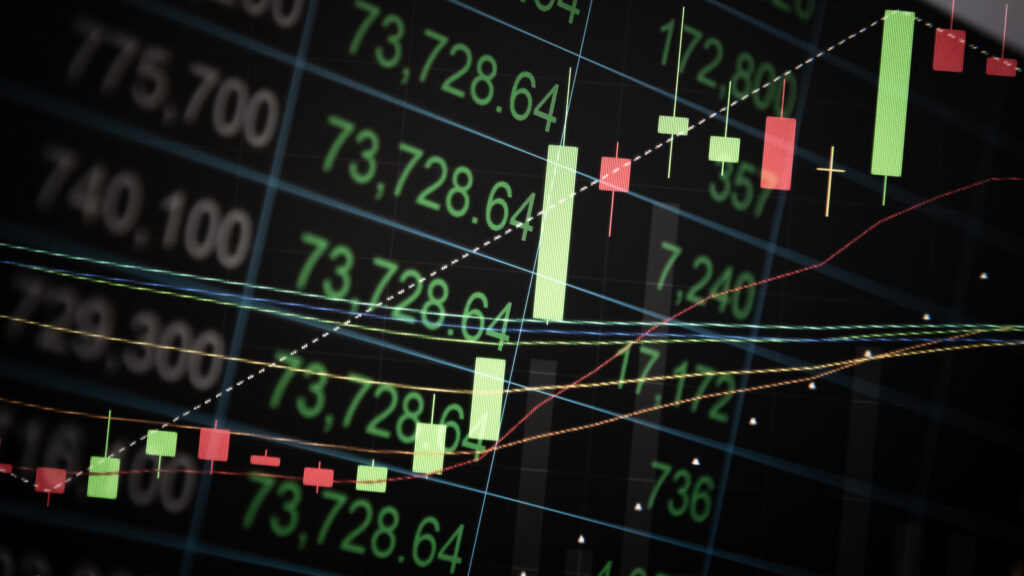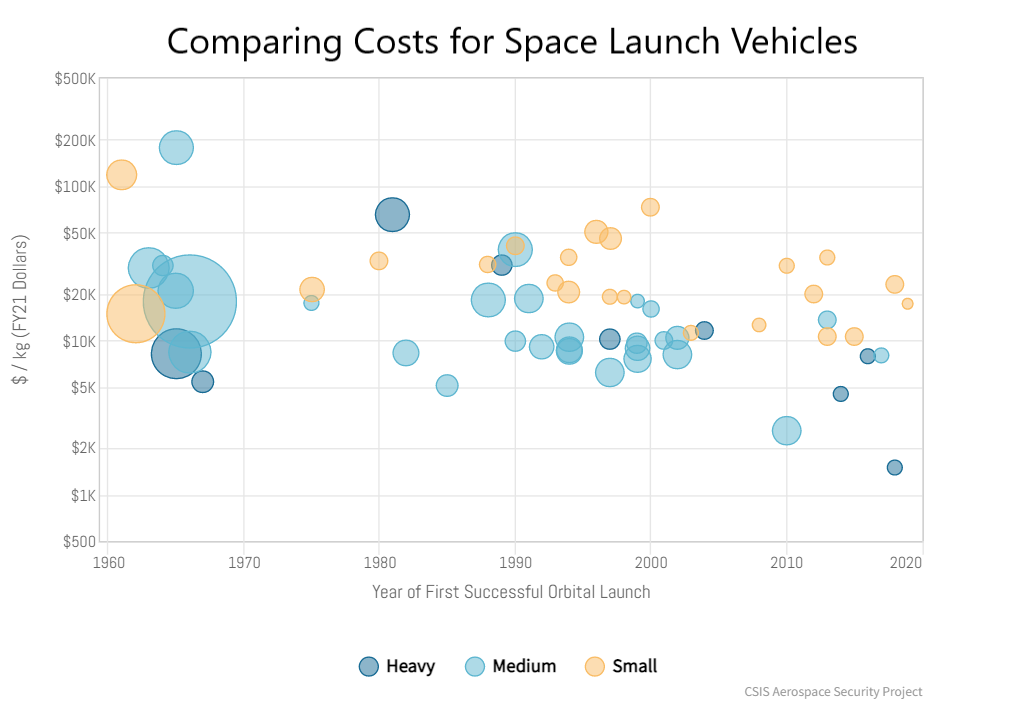When searching for growth stocks to buy, investors should first ascertain what growth means to them. It varies from person to person.
I might define growth stocks as companies growing sales by 20% annually. You might feel the “true” growth stock is growing earnings by 15% annually. There’s no single definition that can be found in the Merriam-Webster dictionary.
If I’m searching for three no-brainer growth stocks to buy for 2023 and beyond, my first criterion should be a company that pays no dividends and repurchases very little of its stock. Beyond that, there are many directions I could turn.
So, to speed up this process, I’ve decided to find my stocks in the S&P 500 Pure Growth ETF. This ETF tracks the performance of the S&P 500 Pure Growth Index, a collection of stocks from the S&P 500 that exhibit strong growth characteristics.
The ETF’s prospectus says the following about finding pure-growth stocks:
“The ‘growth score’ is measured using three factors: three-year sales per share growth rate, the ratio of the three-year net change in earnings per share to current price per share, and momentum (the 12-month percentage change in price).”
Invesco’s ETF currently has 58 stocks (57 if you exclude the double entry for Alphabet). These are the three no-brainer stocks to buy for 2023 and beyond that I think are the best of the bunch.
| ENPH | Enphase Energy | $309.25 |
| DXCM | Dexcom | $119.84 |
| EPAM | EPAM Systems | $350.45 |
Enphase Energy (ENPH)

A quick look at the Morningstar.com financial statements page for Enphase Energy (NASDAQ:ENPH) is all investors need to classify this company as a high-growth stock. The renewable energy company grew its revenue from $624.3 million at the end of 2019, to $2.02 billion as of Sept. 30, 2022, a cumulative growth rate of 223%. Its operating income over the same period grew 232%.
I’d say that’s healthy growth.
The world’s leading supplier of microinverter-based solar and battery systems reported excellent Q3 2022 results at the end of October. These results included record quarterly revenue of $634.7 million, 20% higher than Q2 2022 and 81% above Q3 2021. Notably, the company’s non-GAAP gross margin also increased 210 basis points to 42.9%.
Enphase finished the third quarter with $1.42 billion in cash, $1.29 billion in total debt, and a net cash position of $130 million. Free cash flow, a metric I’m always looking for in my stocks to buy, was $545 million for the trailing 12 months ended Sept. 30, up significantly from a year ago.
By most valuation metrics, ENPH stock isn’t cheap.
However, when you’re buying quality, especially in these difficult times, investors will pay up.
Dexcom (DXCM)

Dexcom (NASDAQ:DXCM) completed a 4-for-1 stock split on June 27. The maker of glucose monitoring systems went public in April 2005 at $12 a share, selling 4.7 million shares to investors.
If you bought IPO shares and are still holding, you’ve seen your investment appreciate 3,672% over 17.5 years, a compound annual growth rate of 23.1%. The S&P 500, over the same period, had a 2.2% CAGR. That’s a resounding beat if I’ve ever seen one.
Dexcom reported its Q3 2022 earnings at the end of October. It beat on both the top line ($769.6 million vs. the consensus estimate of $752.7 million) as well as the bottom line, delivering 28 cents per share in earnings, four cents higher than analyst expectations.
Of the 20 analysts covering DXCM stock, 16 rate it overweight or an outright buy. The analysts’ average target price is $122.33, roughly 2% higher than where it’s currently trading.
Like Enphase, Dexcom carries a net cash position. The company finished the third quarter with $2.37 billion in cash on its balance sheet against $2.13 billion in total debt, for $240 million in net cash.
What stands out for me in the company’s Q3 2022 report is the balance building between its sales in the U.S. and those internationally. The launch of its Dexcom G7 continuous glucose monitoring device in five countries during the quarter, including the UK and Germany, has bolstered its international presence. These international clients now account for approximately 27% of Dexcom’s revenue, up from 24% a year ago.
Currently, DXCM stock currently trades around 16.2-times sales. It hasn’t been this low since 2019.
EPAM Systems (EPAM)

EPAM Systems (NYSE:EPAM) has been getting crushed in 2022. Its stock is down more than 52% year-to-date and 55% over the past 52 weeks.
While the company’s stock might be getting hammered, the software engineering and IT consulting services business provider is doing just fine.
In Q3 2022, its revenues jumped 24.1% to $1.23 billion, while its non-GAAP EPS increased 28.1% to $3.10. EPAM generated at least $100 million in quarterly revenue from six different verticals, including Travel & Consumer, which experienced tremendous growth in the quarter. This segment in particular grew 42% year-over-year to $280 million.
An example of how far the company has come over the past three years is its growth in its number of employees. At the end of the third quarter, EPAM had 60,300 employees. At the end of 2019, it had 32,561 employees. Thus, in less than three years, this company almost doubled its headcount.
Analysts like EPAM stock. All nine of the analysts covering it, according to Tipranks, rate it a buy with a target price of $418.44, 19% higher than its current share price.
It’s not a flashy business, but it gets the job done.
On the date of publication, Will Ashworth did not have (either directly or indirectly) any positions in the securities mentioned in this article. The opinions expressed in this article are those of the writer, subject to the InvestorPlace.com Publishing Guidelines.



